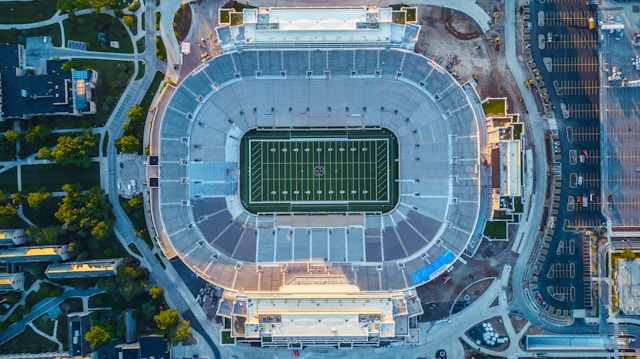
|
College football, a beloved American tradition, has undergone significant changes in terms of player safety and health since its inception in the late 19th century. From its violent beginnings to the current era of heightened awareness and advanced medical protocols, the sport has continuously evolved to protect its athletes. This article explores the history and ongoing efforts to improve safety and player health in college football.
Early Years: A Brutal Start
The early years of college football were marked by a lack of standardized rules and a high tolerance for violence. Games often resembled brawls, with minimal protective gear and frequent severe injuries. In the 1890s, the sport saw numerous fatalities and debilitating injuries, leading to public outcry and calls for reform.
The Roosevelt Intervention
In 1905, President Theodore Roosevelt, a fan of the sport but concerned about its dangers, summoned representatives from Harvard, Yale, and Princeton to the White House. He urged them to make the game safer, which led to the establishment of the National Collegiate Athletic Association (NCAA) in 1910. The NCAA introduced rules to reduce violence, such as the forward pass and the ban on mass formations like the flying wedge, which helped decrease the number of serious injuries.
Mid-20th Century: Incremental Improvements
Throughout the mid-20th century, incremental improvements in equipment and rules continued to enhance player safety. Helmets evolved from leather to more protective plastic designs in the 1940s. Face masks were added in the 1950s, significantly reducing facial injuries. Despite these advancements, the understanding of long-term health impacts, particularly concussions, was still limited.
Rise of Modern Protective Gear
The 1970s and 1980s saw further advancements in protective gear. Helmets with improved cushioning and shock absorption became standard, and padding for shoulders, hips, and knees became more effective. Rule changes also aimed to protect players, such as penalties for spearing (using the helmet as a weapon) and clipping (blocking an opponent from behind).
Late 20th Century: Awareness of Concussions
In the late 20th century, awareness of concussions and their long-term effects began to grow. Studies revealed that repeated head trauma could lead to chronic traumatic encephalopathy (CTE), a degenerative brain disease. This prompted the NCAA and individual colleges to adopt stricter concussion protocols, including mandatory medical evaluations and return-to-play guidelines.
Implementation of Concussion Protocols
The NCAA implemented standardized concussion management protocols in the early 2000s. These protocols required that any player suspected of having a concussion be immediately removed from play and evaluated by medical personnel. Players diagnosed with concussions could not return to play until they had been cleared by a healthcare professional. This marked a significant shift towards prioritizing player health and safety.
The 21st Century: Advanced Technology and Medical Protocols
The 21st century has seen significant advancements in technology and medical protocols aimed at improving player safety. Helmet technology has continued to evolve, with designs focused on reducing the risk of concussions. Innovations such as impact sensors and advanced mouthguards that measure head impacts are being used to monitor and assess player safety in real-time.
Enhanced Medical Support
Modern college football programs now include extensive medical support teams. Athletic trainers, team doctors, and neurologists are present on the sidelines, ready to address injuries immediately.
Ongoing Challenges
Despite these advancements, college football still faces challenges in ensuring player safety. The physical nature of the sport means that injuries are inevitable, but ongoing research and innovation continue to improve safety measures. The NCAA and colleges are investing in research to better understand injury mechanisms and develop more effective prevention strategies.
Additionally, with the increasing popularity of NCAAF betting, there is a growing interest in how injuries impact team performance and outcomes, adding another layer of complexity to the sport.
Conclusion
The evolution of safety and player health in college football reflects a broader commitment to protecting athletes while maintaining the spirit of the game. From the brutal early days to the technologically advanced present, the sport has made significant strides in reducing injuries and ensuring the well-being of its players.







